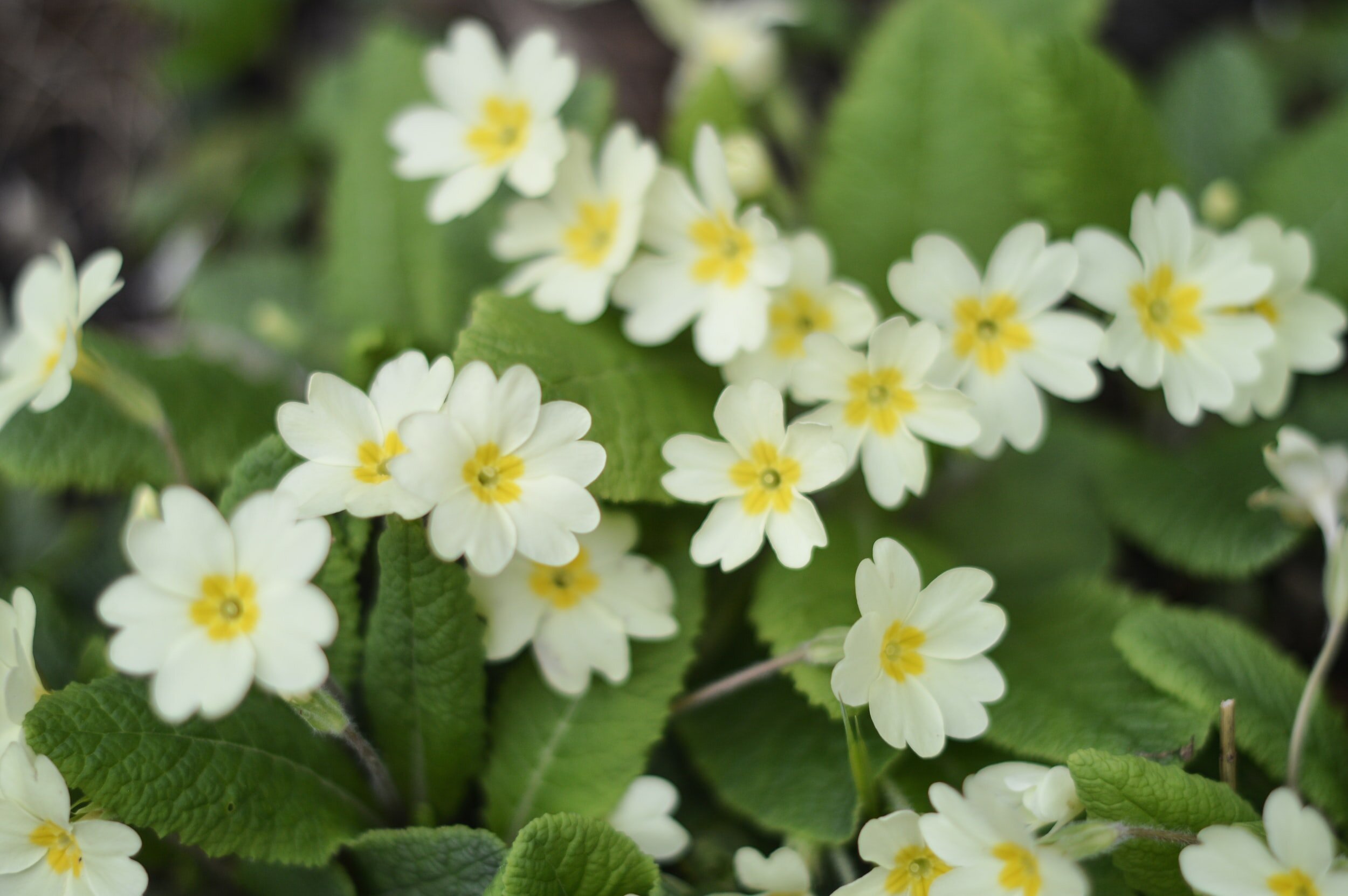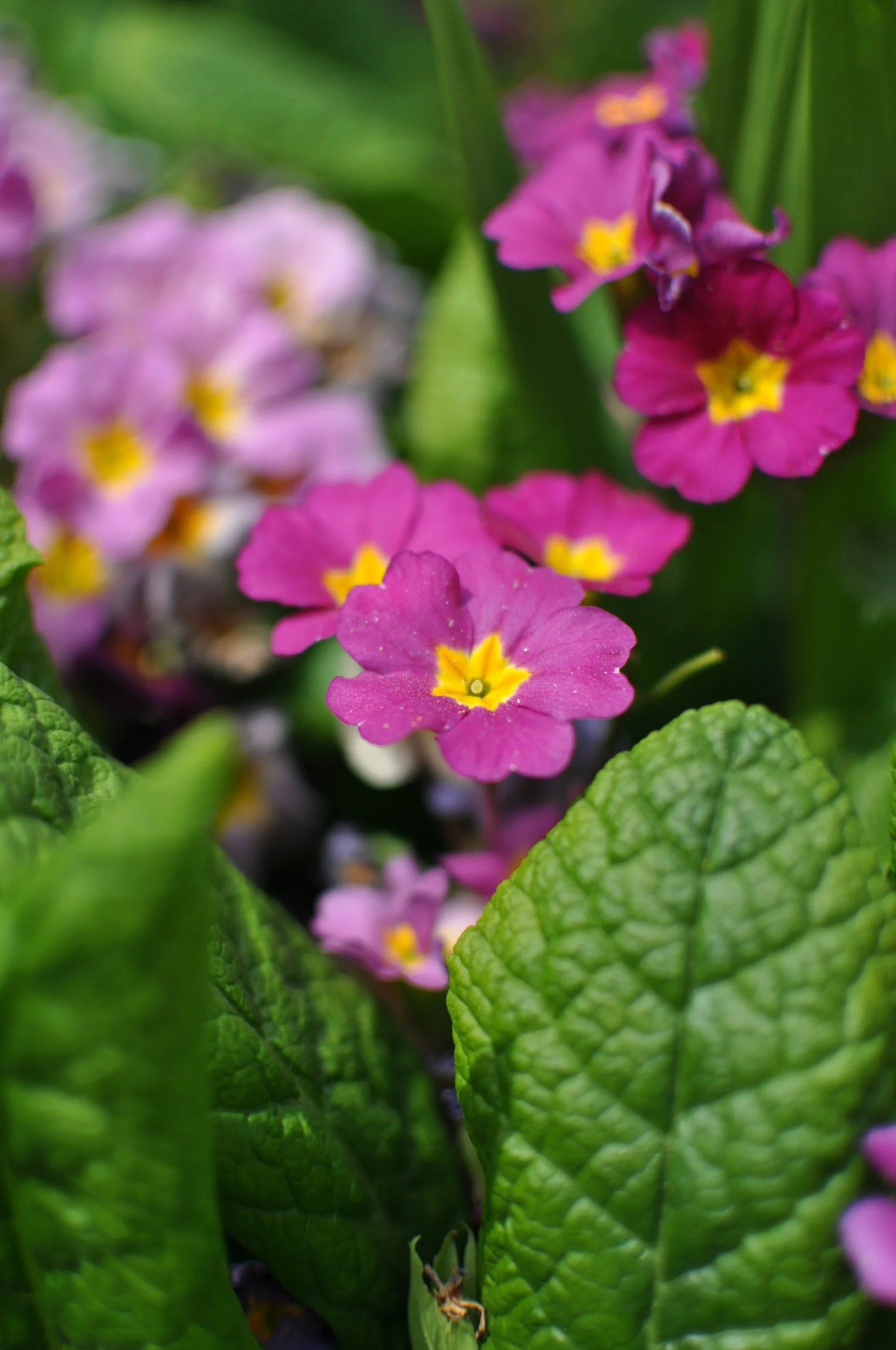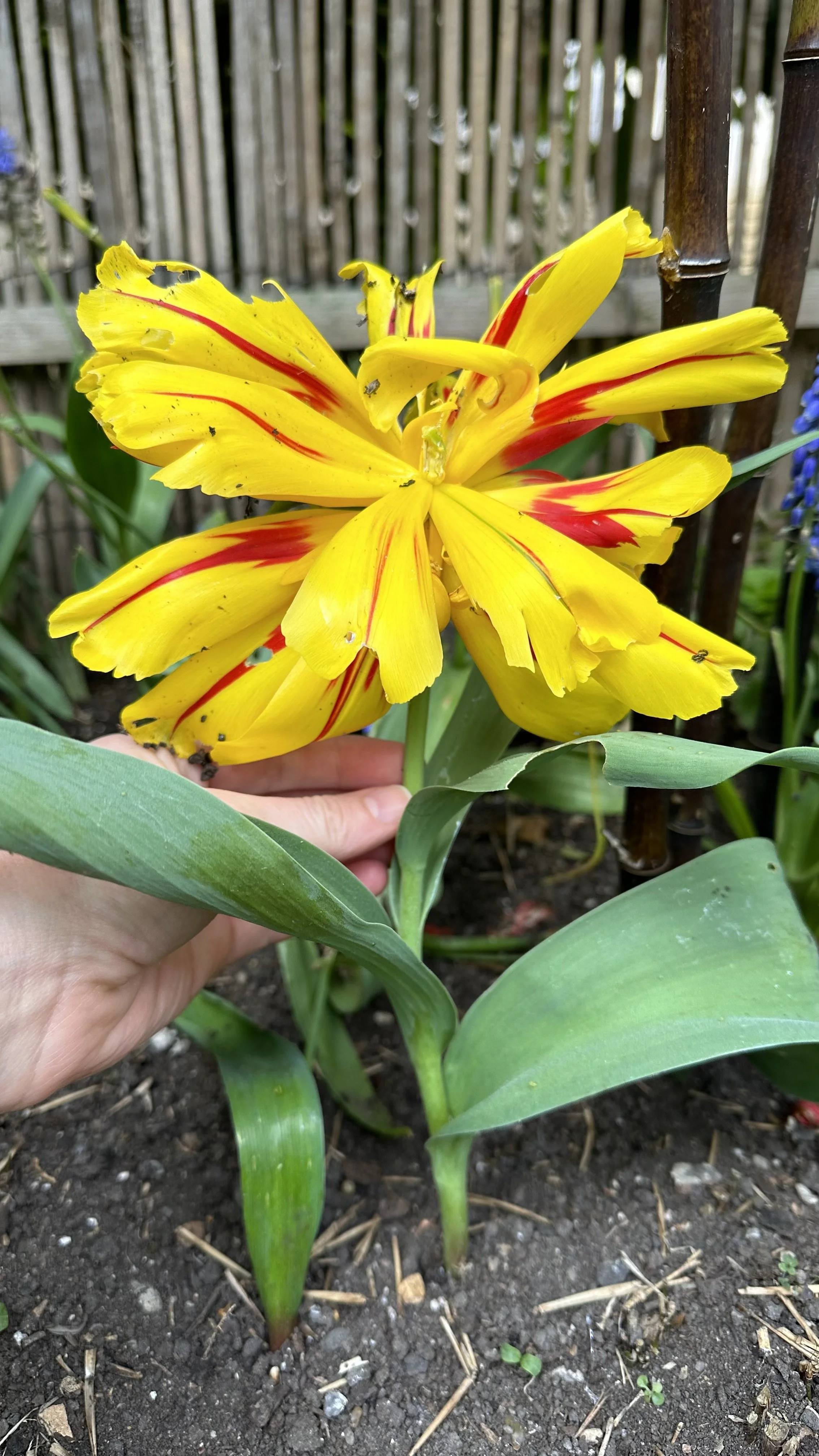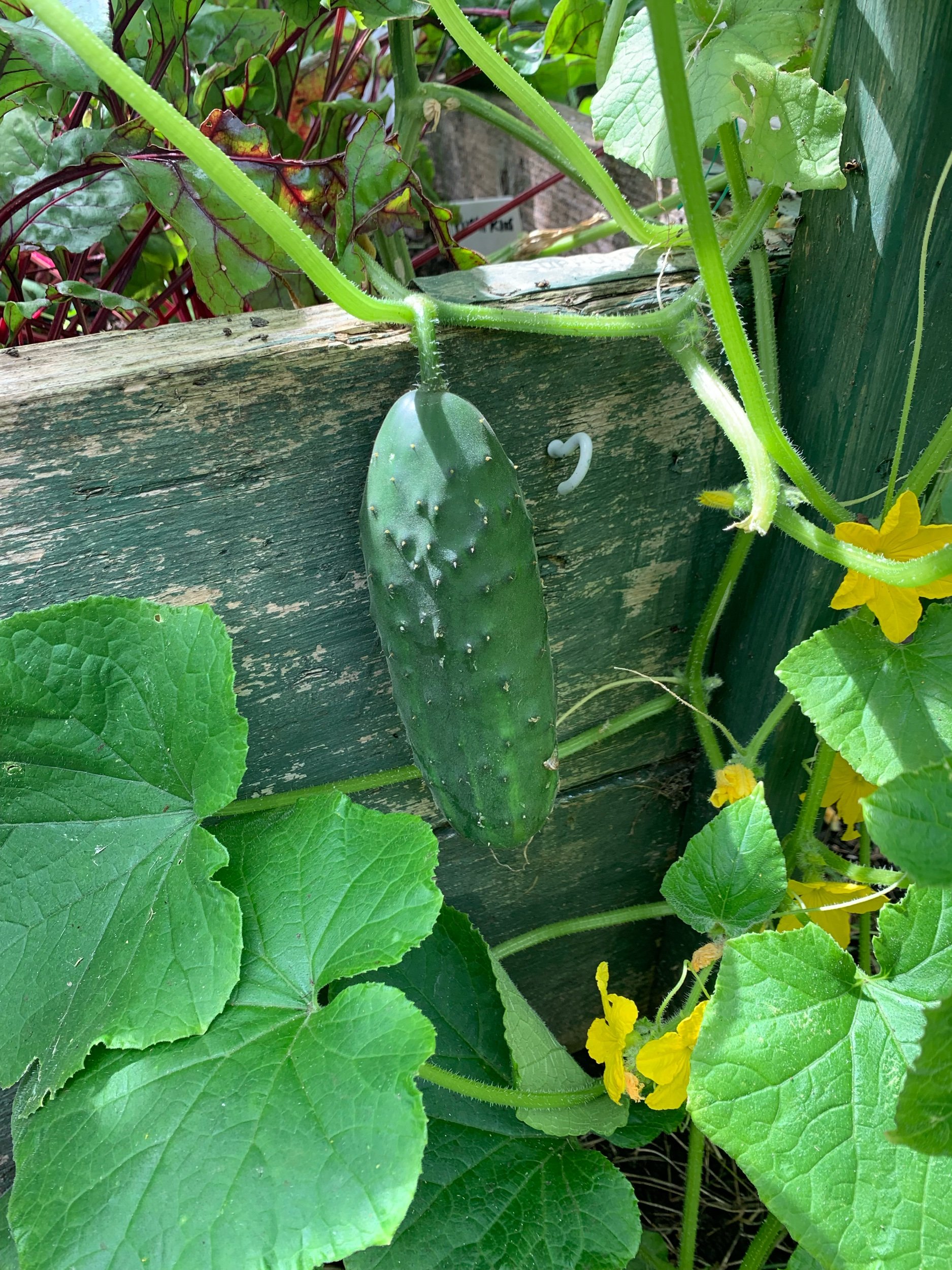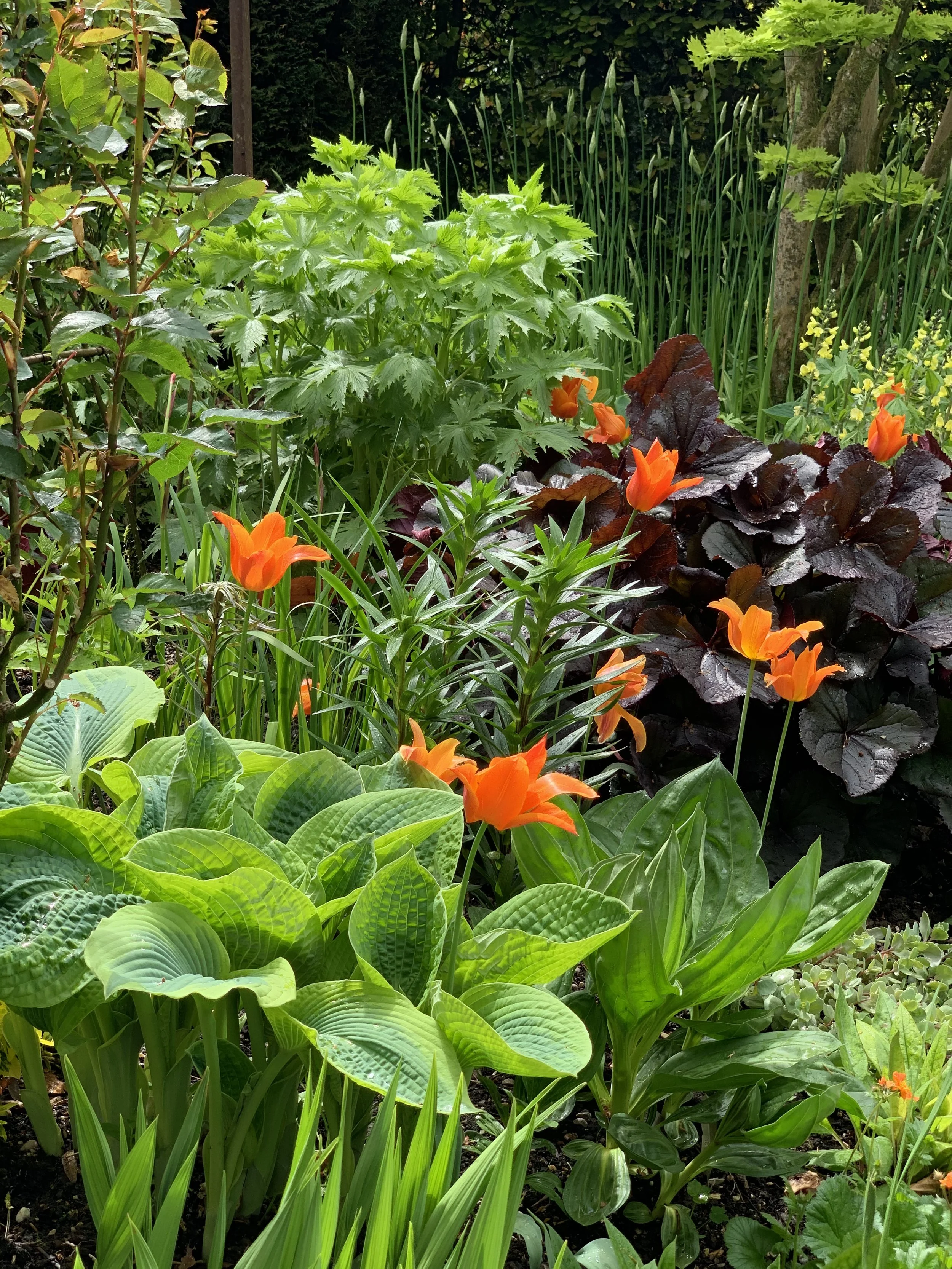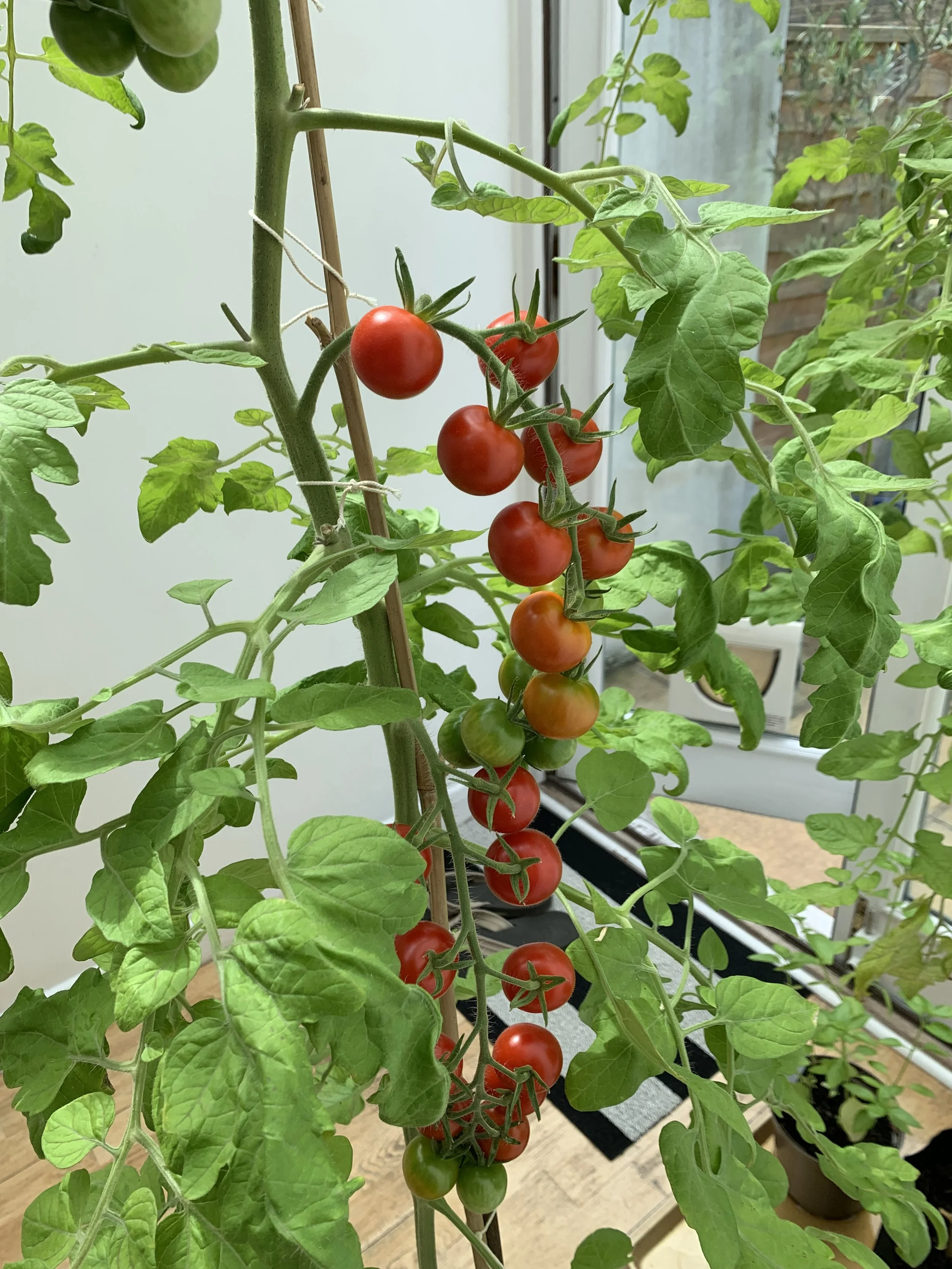Mastering Polyanthus: From Seed to Bloom
This article has links to products that I may make commission from.
There's nothing quite like the eye-catching beauty of Polyanthus. With their radiant, clustered blooms and hardy nature, they are an undeniably enchanting addition to any garden.
Starting with the basics, what is the meaning of Polyanthus? This term, hailing from the Greek language, denotes "many flowers," perfectly capturing the essence of these vibrant plants.
Often, there's confusion between the Primrose and Polyanthus. So, what is the difference between Primrose and Polyanthus?
While both fall under the Primula genus, they are different species. The Primrose refers to Primula Vulgaris and Primula Veris, while Polyanthus, or Primula Polyanthus, is a unique hybrid.
Origins of Polyanthus trace back to various regions of Europe, Asia, and America. Adaptability is at the heart of where Polyanthus come from, allowing these plants to thrive in diverse climates and soils.
For more garden inspiration, check out my guide The 5 Best Bedding Plants for Summer.
How to Grow Polyanthus from Seed
When you're wondering where to plant Polyanthus, consider places with full sun to partial shade.
These plants are also quite fond of moist soil, making them a fantastic addition to the edges of your shade garden or sheltered areas under trees.
Starting from Seeds
If you plan on growing Polyanthus from seed, usually, the process begins indoors about 8 to 10 weeks before the last expected spring frost.
Here's the step-by-step method:
a. Seed Preparation:
Polyanthus seeds require cold exposure before germination, a process known as stratification.
This can be achieved by placing the seed packet in your refrigerator for about a week before you plan to sow them.
b. Sowing:
Post-stratification, scatter the seeds on the surface of a seed compost in pots or trays.
Do not cover them with soil as they need light to germinate.
Mist the surface lightly to moisten it without displacing the seeds.
These are my favorite seed starting trays:
c. Germination:
Position the pots or trays in a well-lit area but out of direct sunlight.
They can be placed in a greenhouse.
Maintain a temperature of around 15-20°C (59-68°F). The seeds should germinate within 14 to 21 days.
Transplanting Seedlings
Once the seedlings develop two true leaves, they can be moved into individual pots.
Continue to nurture them indoors until the risk of frost has passed.
Planting Outdoors
The best time to introduce young Polyanthus plants to your garden outdoors is late spring or early summer.
Choose a location that offers full sun to partial shade and has well-drained, rich soil.
Transplant your seedlings using a spade.
Make sure to space the plants about 6 to 12 inches apart.
Ongoing Care
a. Watering:
Keep the soil consistently moist, but avoid overwatering, as it can lead to root rot.
For more watering tips, check out my guide How Often to Water Seedlings.
b. Feeding:
Every 2 weeks during the growing season, apply a balanced liquid fertilizer.
Here is the liquid fertilizer I recommend:
c. Deadheading:
Regularly remove spent flowers to stimulate further blooming and maintain the plant's neat appearance.
d. Overwintering:
In colder regions, cover Polyanthus plants with a layer of mulch in late fall to protect them from winter frost.
They'll resurface in the spring.
While Polyanthus plants are generally hardy, patience and proper care are key to enjoying their vibrant display of flowers in the spring.
Polyanthus Primrose Characteristics
Polyanthus, a type of Primula, are perennial plants that return to brighten your garden year after year.
They usually flower from late winter to early summer, offering their vibrant display for several weeks.
Some varieties even have the ability to bloom multiple times.
Interestingly, Polyanthus flowers are not only aesthetically pleasing but also edible. Their petals can add a splash of color and a mild flavor to salads and desserts.
Here are some more characteristics that make Polyanthus a garden must-have:
Floral Display
Polyanthus is known for its bright floral display. The flowers, blossoming in large clusters atop tall stems, offer a striking variety of colors including yellow, red, pink, blue, white, and multicolored varieties. Each cluster can have 10-15 individual flowers, hence the name Polyanthus - 'many flowers'.
Size and Form
Polyanthus plants typically reach a height and spread of 10-12 inches, forming a bushy mound of foliage adorned with flowers. The leaves are oval or oblong, with a slightly toothed edge and a wrinkled surface.
Perennial Growth
As perennials, Polyanthus plants live for more than two years, providing a continual splash of color in your garden. They typically flower from late winter to early summer, but some varieties can re-bloom later in the year with the right care.
Hardiness
Polyanthus plants are hardy and adaptable, capable of withstanding frost and lower temperatures. This makes them ideal for adding color to gardens in early spring when many other plants are still dormant.
Edible Flowers
The petals of Polyanthus flowers can be used to add a splash of color to salads, desserts, or as a garnish.
Sun and Soil Requirements
Polyanthus can thrive in full sun to partial shade. They prefer moist, well-drained soil rich in organic matter.
Propagation
Polyanthus plants are easy to propagate, either by division or from seed. They also have a tendency to self-seed, so don't be surprised to see new plants popping up in your garden.
Pest and Disease Resistance
While generally quite robust, Polyanthus can be susceptible to pests such as slugs and snails, as well as diseases like powdery mildew and botrytis. Regular monitoring and prompt intervention can keep these issues in check.
For more garden tips, check out my guide: Top Slug Resistant Plants to Transform Your Garden.
Polyanthus Care
Polyanthus plants are surprisingly resilient and frost-hardy, allowing them to survive in chilly winters.
Some varieties, like the Gold Laced Polyanthus, even flaunt their blooming beauty during winter.
Frost Hardiness:
Polyanthus plants are frost-hardy, meaning they can tolerate temperatures below freezing, often surviving winter outdoors in many climates.
The degree of cold a Polyanthus can handle will depend on the specific variety and local growing conditions, but generally, they can tolerate temperatures down to at least -20°C (-4°F).
Winter Blooming:
One of the captivating characteristics of Polyanthus is their blooming schedule.
They typically flower from late winter into early spring, providing vibrant color when many other garden plants are still dormant.
Some Polyanthus varieties, like the Gold Laced Polyanthus, even bloom in winter, adding a burst of color to a frosty garden landscape.
Winter Care:
While Polyanthus plants are hardy, they can benefit from some winter care.
As winter approaches, adding a layer of mulch around the plants can help insulate the soil and protect the root system.
In areas with severe winters, you might consider moving potted Polyanthus indoors or into a greenhouse.
Frost and Flowering:
While Polyanthus plants can withstand frost, heavy frost can damage the flowers. If a harsh frost is expected, it can be helpful to cover the plants overnight to protect the blooms.
Polyanthus plants, with their frost-hardy qualities, are an excellent choice for adding color to your garden during the colder months of the year. Their vibrant flowers are a refreshing sight against the frost and snow, announcing the arrival of spring.
What to Do with Polyanthus after Flowering
Here is a step-by-step guide on caring for your Polyanthus plants after they've finished blooming:
Deadheading
After the Polyanthus flowers have bloomed and started to fade, it's important to remove these spent blooms, a process known as deadheading. This encourages the plant to produce more flowers and conserves its energy for growth.
Watering
Continue to water the Polyanthus plants regularly after they've finished flowering. For this, you can use rainwater collected from a water butt. However, be cautious not to overwater, as it can lead to root rot.
Feeding
After flowering, it's beneficial to feed Polyanthus plants with a balanced, slow-release fertilizer to replenish nutrients and prepare them for the next growing season.
Here is the fertilizer I recommend using:
Overwintering
In regions with severe winters, protecting the Polyanthus plants with a layer of mulch can be advantageous. The mulch insulates the soil and protects the roots from freezing conditions.
Check out my guide: The Best Alternatives to Traditional Mulch for Your Garden.
Dividing
Every few years, it's advisable to divide Polyanthus plants to promote healthy growth and prevent overcrowding.
Monitoring for Pests and Disease
Stay vigilant for any signs of pests or disease in your Polyanthus plants and treat any issues promptly to prevent them from spreading.
Safety of Polyanthus Around Pets
While Polyanthus primroses aren't listed as toxic, it's advisable to keep pets like cats from ingesting them, just to be on the safe side.
FAQs
How Long Do Polyanthus Flower for?
Polyanthus typically start flowering from late winter and continue into early summer.
They can provide a vibrant display of flowers for several weeks, depending on the specific variety and the growing conditions.
With the right care and under optimal conditions, some varieties of Polyanthus may even re-bloom later in the year.
Can I Plant Polyanthus Now?
The best time to plant Polyanthus generally depends on your local climate and the current season.
If you're starting from seed, Polyanthus are usually started indoors about 8 to 10 weeks before the last expected spring frost. If you've got mature plants or seedlings, they can be planted outdoors in late spring or early summer, once the risk of frost has passed.
However, if you're in the middle of summer and the temperatures are high, it might be best to wait until temperatures cool down, as Polyanthus prefers cooler, moist conditions.
Do Deer Eat Primrose?
Deer may nibble on nearly any plant if they're hungry enough and food is scarce.
However, Primrose (including Polyanthus) isn't a top choice for deer.
They tend to be somewhat deer-resistant, which means they're usually not the first plant a deer would choose to eat in a garden.
This makes them a fairly good choice for areas where deer are a common problem, but it's important to note that deer resistance can vary based on the availability of other food sources.
Conclusion
In conclusion, Polyanthus Primulas, with their vibrant colors and hardy nature, are an exceptional choice for adding style and brightness to any garden design.
Whether you're making plans for a new flowerbed, refreshing an old one, or envisioning a charming rock garden, the inclusion of Polyanthus plants promises a memorable display.
Among the various Polyanthus types, those that bear yellow flowers stand out exceptionally well, acting as cheerful beacons amid the varied greens of a garden.
They add a striking contrast in a rock garden, blending the ruggedness of the rocks with the delicate elegance of flowers.
The presence of these yellow blooms creates a captivating sight, their vivid hues seeming to capture and reflect the sunshine, spreading warmth and joy.
Beyond the aesthetics, the robust nature of Polyanthus Primulas makes them a practical choice too.
These plants, through their frost-hardiness and perennial growth, prove to be resilient garden companions, coming back to delight year after year.
Whether you're an amateur gardener just starting out or a seasoned veteran looking to add a new splash of color, Polyanthus Primulas, especially those with yellow flowers, are a splendid choice.
In the end, the beauty of a garden lies not just in its visual appeal, but also in the joy it brings to the gardener.
When your garden is full of thriving, vibrant plants like the Polyanthus Primula, the rewards are all the more fulfilling. Through careful planning and the integration of standout elements like a rock garden and yellow Polyanthus blooms, your garden can become a truly personalized expression of your style and passion for gardening.
Looking for garden inspiration? Check out my other flower garden guides:
